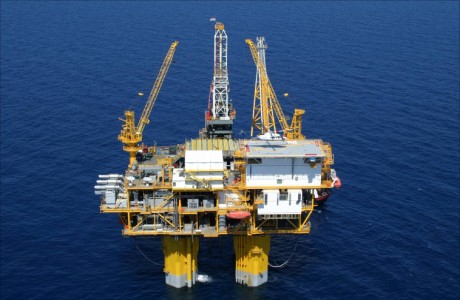The Obama administration on Tuesday approved a plan by Anadarko Petroleum Corp. to sink more than 3,500 natural gas wells in eastern Utah, after the company agreed to environmental safeguards that aim to protect the local air and water.
Interior Secretary Ken Salazar touted the move as a hallmark of responsible energy development, with local stakeholders, tribal governments, conservationists, regulators and industry all coming together on a broad drilling plan.
“The partnership we see here today tells us we can … develop the energy resources of the nation and at the same time make sure we are taking the conservation measures that are so important,” Salazar said during a news conference in Utah’s Uinta Basin. “This effort has created a template for what should be happening around our oil and natural gas development.”
Under a compromise with the Southern Utah Wilderness Alliance, The Woodlands-based Anadarko agreed to hold off on new drilling in certain wilderness areas near the White River. The company also has pledged to use air emission controls on the wells it plans to drill over the next decade.
The project, which has been in the works since 2006, will involve drilling from 1,500 well pads over 163,000 acres. Anadarko still must get permits to drill individual wells under the plan.
Salazar heralded the planned drilling as a boon for domestic energy production and the economy that could produce an estimated 6 trillion cubic feet of natural gas and put millions of dollars into Utah communities.
The Interior Department’s Bureau of Land Management released a final environmental impact statement supporting the project last month. At the time, the Southern Utah Wilderness Alliance praised Anadarko for being responsive to the group’s conservation concerns.
The Obama administration has been eager to tout its support for domestic natural gas development with environmental safeguards. Last month, President Barack Obama established an interagency task force to coordinate regulation of natural gas drilling, potentially streamlining the work of more than a dozen federal agencies.
Conservationists have raised fears about potential drinking water contamination from hydraulic fracturing, now being used to extract much of the nation’s natural gas. The technique involves blasting mixtures of water, sand and chemicals deep underground to break up rock and release trapped oil and gas.
The drilling boom also has led to concerns about air quality and smog from emissions at the wells.
Industry officials insist that hydraulic fracturing is safe and note that fracturing typically occurs thousands of feet below drinking water supplies.
The Interior Department last week proposed a rule that would set new well design standards and chemical disclosure requirements for hydraulically fractured wells on public lands.



